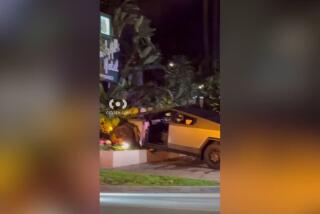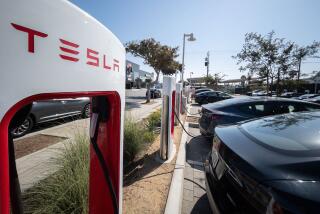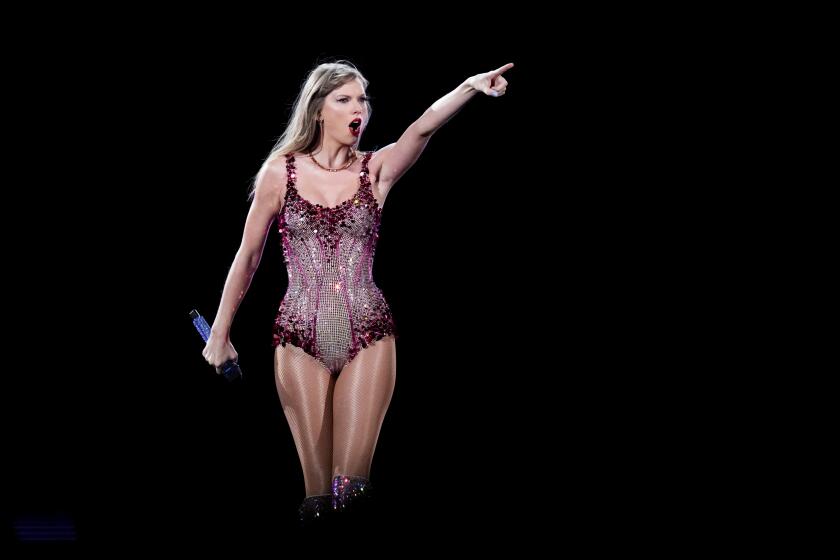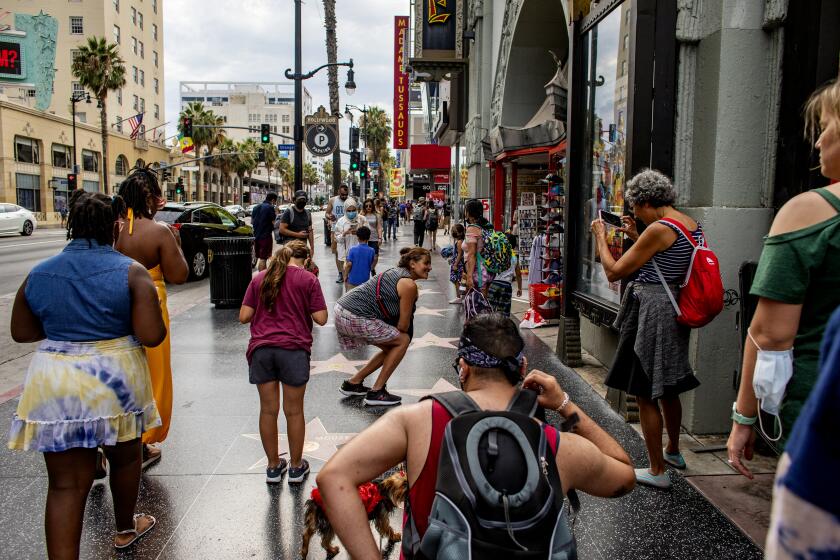NYT’s public editor finds flaws in Tesla article
This post has been corrected and updated, as indicated below.
New York Times Public Editor Margaret Sullivan on Monday weighed in on what is probably one of the most widely read -- and hotly disputed -- electric car stories in recent memory.
John M. Broder’s dramatically headlined Feb. 8 article -- “Stalled Out on Tesla’s Electric Highway” -- told the tale of how the high performance car ran out of juice and had to be hauled away on a flatbed truck.
Tesla’s chief executive, Elon Musk, charged that the story was faked and that the car could have gotten much better range, citing point-by-point findings from the car’s black box data event recorder.
Broder was doing a run on a relatively cold morning from Newark, Del., to Milford, Conn., about a 200-mile trip between Tesla Motors’ two ultra-fast charging stations. As Broder put it, the stations would “in theory, allow a speedy electric-car road trip between here and Boston.”
Other news outlets re-created the test drive. Loyal Tesla owners conducted their own tests.
Sullivan, who acts as a readers’ representative in reviewing the paper’s coverage, dutifully interviewed what sounded like a cast of thousands, including even the flatbed tow-truck driver.
In her blog post on Monday, Sullivan quoted a reader who said he suspected that Broder set out to make the story more controversial:
Broder “certainly didn’t seem to employ the least bit of care or responsibility in fuel management (required of any vehicle, regardless of fuel type),” wrote reader Roger Wilson, a Model S owner. “One can only assume that Mr. Broder’s irresponsibility in fuel management was in hope that something beyond ‘inconvenience’ would happen to make the story more interesting. (Otherwise, no one, including me, would have paid much attention to his article.)”
Wilson said that Tesla was remiss in not emphasizing the obvious: “Tesla should have made it very clear that the 200-mile stretch between the two supercharger stations approaches the maximum distance and that all range maximization strategies should be employed.”
Sullivan knocked Broder for taking what she called “casual and imprecise notes” of his journey, which proved no match for the digital driving logs brandished by Tesla in its defense.
“My own findings are not dissimilar to the reader I quote above, although I do not believe Mr. Broder hoped the drive would end badly,” she said. “Did he use good judgment along the way? Not especially.”
[For the Record, 4:45 p.m. Feb. 18: An earlier version of this post attributed quotes to Margaret Sullivan, the New York Times’ public editor, that were, in fact, from a reader. This version corrects the error, adds quotes from Sullivan and adjusts the headline accordingly.]
ALSO:
Musk disputes NYTs article on Model S Range
Car black boxes, privacy nightmare or safety measure?
Review: Tesla Model S is a truly competitive premium sedan







